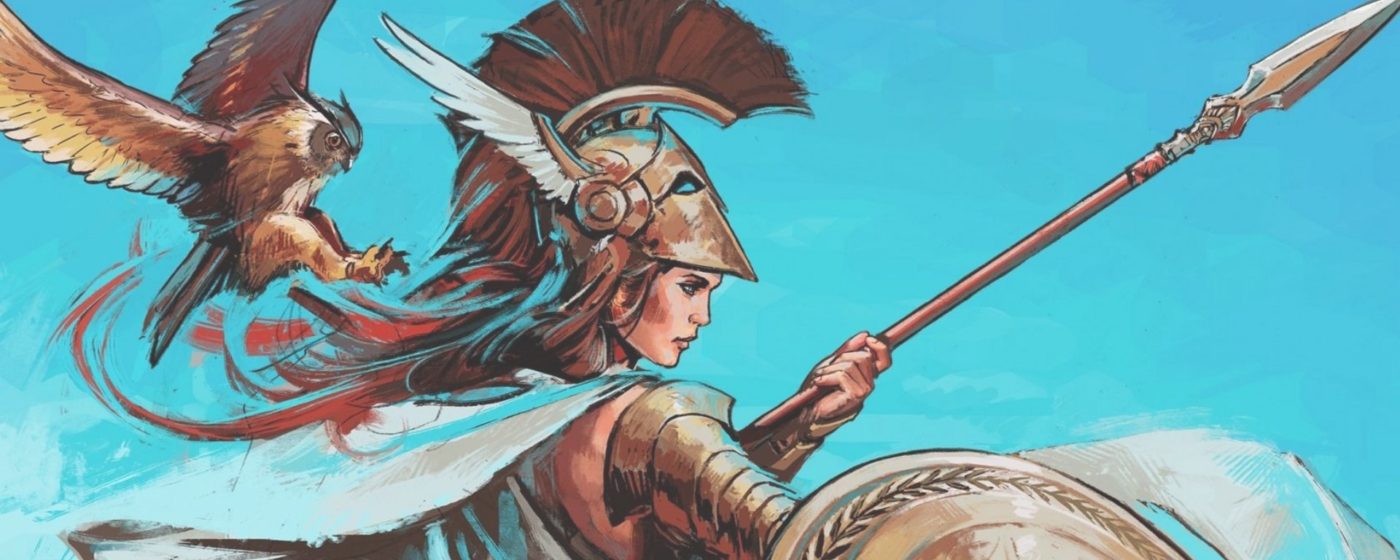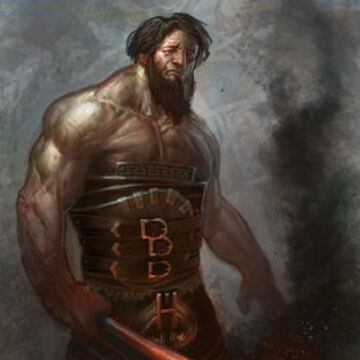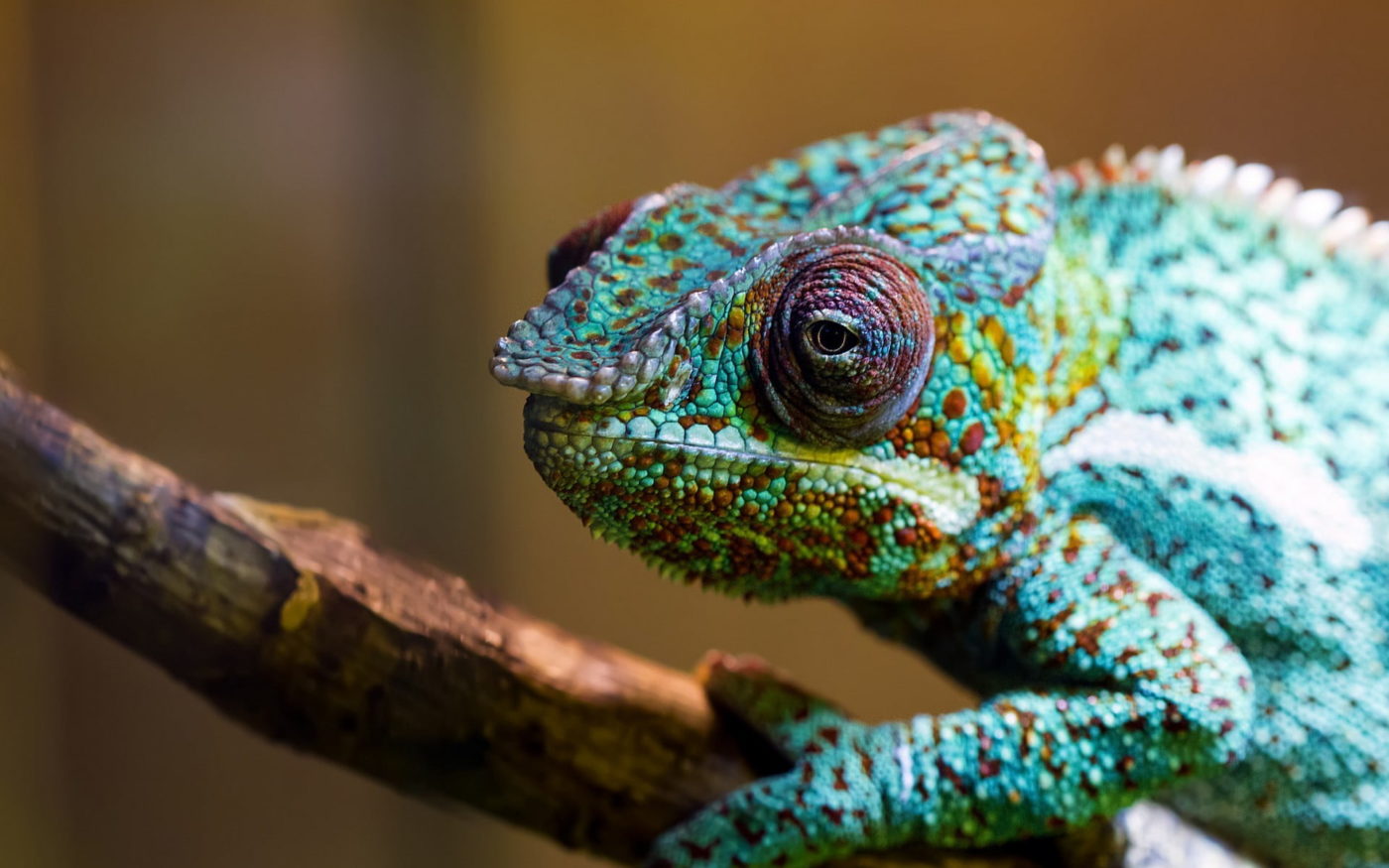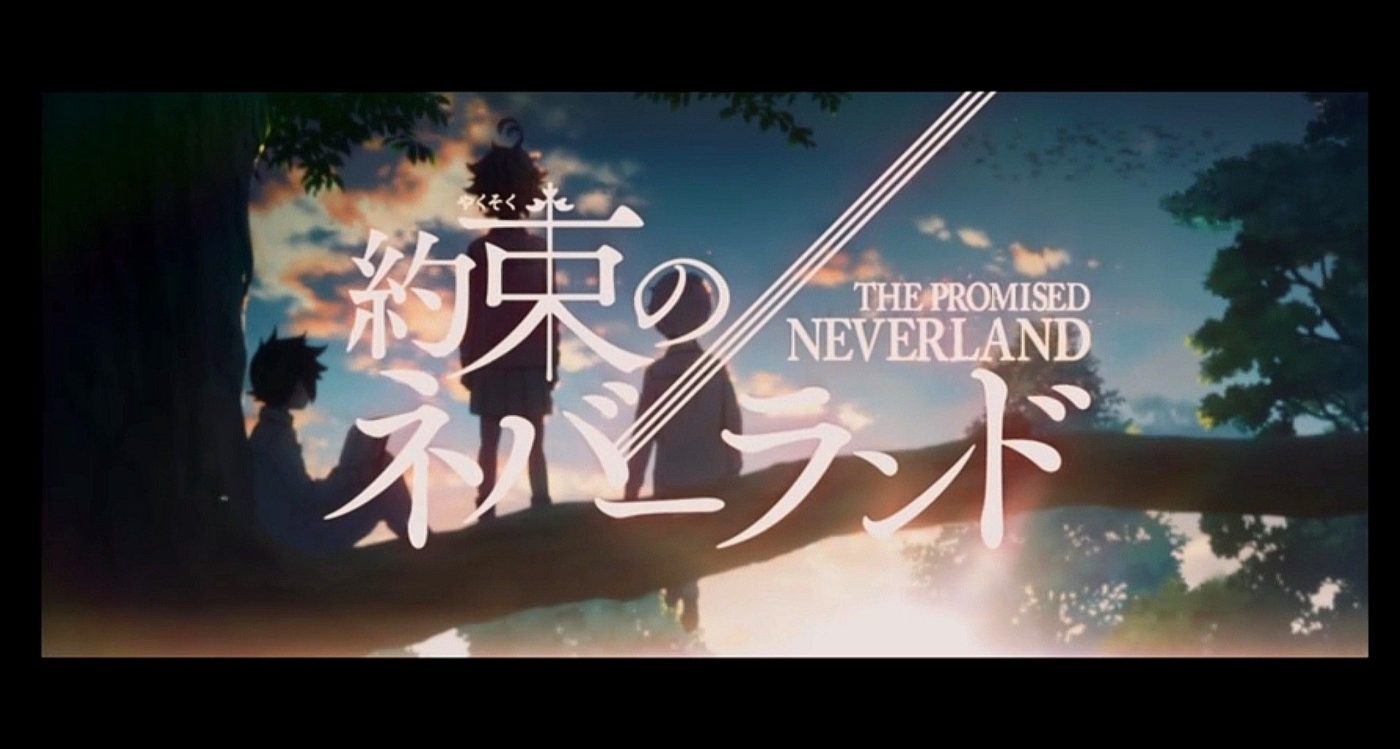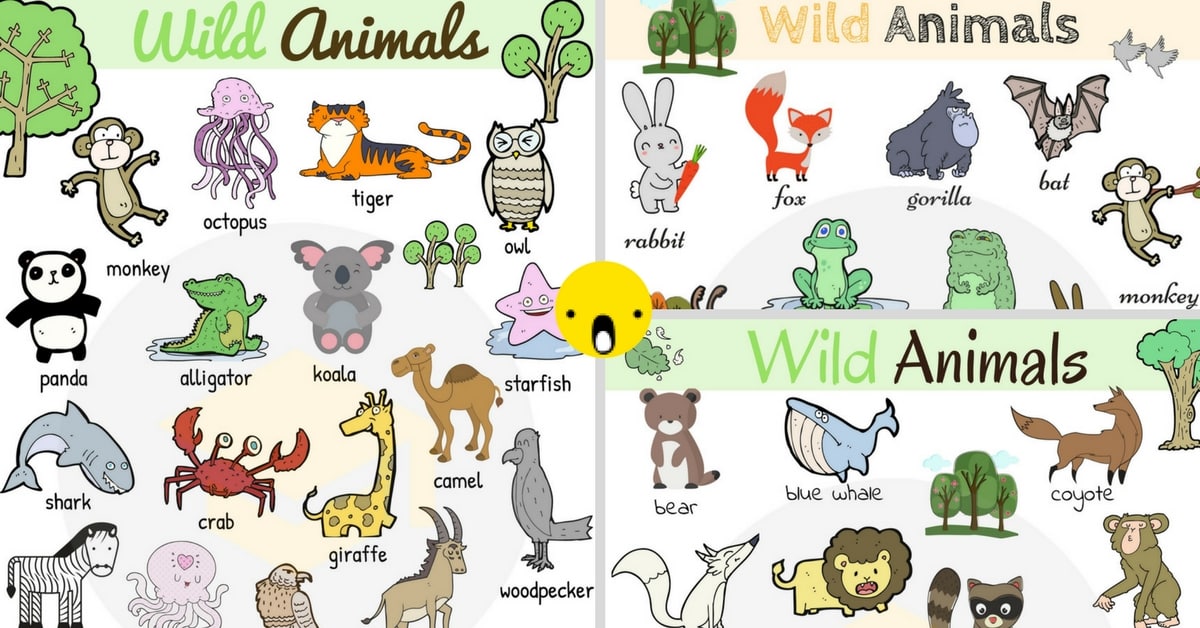BY ALICE FONTANESI
STAFF WRITER
WARNING: THIS REVIEW CONTAINS SPOILERS TO THE PROMISED NEVERLAND ANIME. PROCEED AT YOUR OWN RISK!
Did this pandemic delay so many things you were looking forward to? Have you been waiting forever for season five of My Hero Academia to come out? Were you expecting the Demon Slayer movie to come out in September, but now it’s supposed to come to the U.S. in 2021 (based on true events of Alice Fontanesi’s impatience)? With season two coming in January 2021, it’s a great time to discover The Promised Neverland.
First of all, what is The Promised Neverland?
The Promised Neverland (Yauzoku no Nebarando) is a manga series written by Kaiu Shirai and illustrated by Posuka Demizu. It was officially serialized by Weekly Shonen Jump in August of 2016 and adapted into an anime by CloverWorks in January of 2019. The series is expecting a live-action adaptation this December and won the 63rd award for Shogakukan Manga Award in 2018 in the shonen category.
Now, what is the plot of The Promised Neverland? In episode one, we’re introduced to the three main characters of the series. The first is Emma, an energetic and positive child, but one that doesn’t lack any intelligence. There’s also Norman, the more reserved member of the group, and Ray, a cold, but caring, friend. The three of them live with about 40 other “siblings” in an orphanage known as the Grace Field House. Their caretaker “Mom” (Isabella) takes care of all the children, and we are introduced to Sister Krone,another caretaker, later on in the series. Life couldn’t have been any better for the orphans. Great food, nice housing, a great mom, and plenty of play time – who wouldn’t like it?
When one of the orphans, Conny, is sent away, Emma and Norman realize that she has left her toy rabbit, Little Bunny, behind. They go to return it, but they discover Conny’s corpse instead. The two of them discover that this orphanage was actually a farm where children were raised to eventually be shipped out and eaten by demons. They collaborate with Ray, Don, and Gilda to construct a plan to escape the farm before any of the other children could be shipped out.
The story does a good job of keeping things realistic, a problem most horror stories have. There is plenty of tension between the characters now that they know what is going on, and the pacing is great. As a wannabe author, I find it hard to keep a nice flow in stories without making it seem rushed, forced, wonky, or anything else. The Promised Neverland doesn’t rush or make things too slow, which adds to the realism of the series.
Also, the characters are well written. The children are not only extremely smart, but mature, considering that most of the characters are between the ages of four and eleven. The adults in the story are also quite intriguing. Sister Krone is willing to help the children despite her desire to become a Mother because she doesn’t want any of the kids to become as twisted as she was. Isabella is also quite the character because you can always debate among yourself whether she is a good guy or not.
Despite a few minor problems, like the CGI backgrounds or the small differences between the anime and manga, The Promised Neverland is definitely a binge-worthy series and you should go watch it right now. Seriously, the first season is twelve episodes; this isn’t another One Piece. You can find the series on Crunchyroll and many other anime streaming platforms, so grab your tissues, a little buddy, and a reminder to stay away from the manga readers that like to spoil everything and watch this masterpiece.
